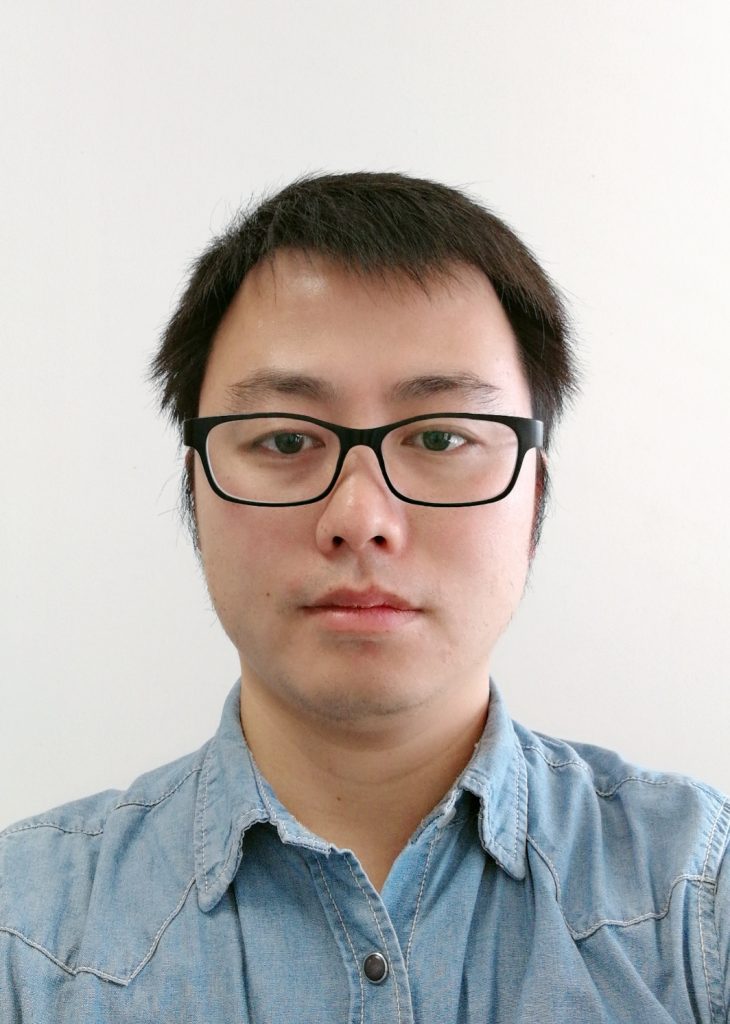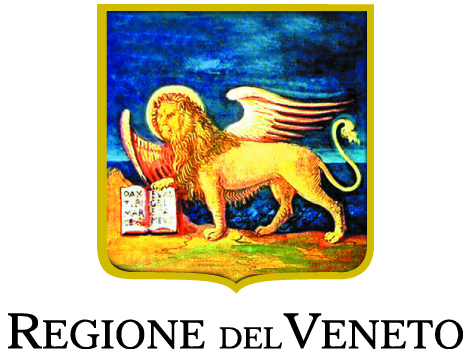
Biosketch
Peng Hu studied at the ZunYi Medical College, China, where he obtained his Bachelor’s degree in Clinical Medicine (2011) and Master’s degree in Surgery (2014).
He was clinical resident at The Department of Burns and Plastic Surgery in The First Affiliated Hospital of Zunyi Medical College, China (July 2014 – June 2016 and January 2017-December 2017), and clinical fellow at thehe Department of Microsurgery, Orthopaedic Trauma and Hand Surgery in The First Affiliated Hospital of Sun Yat-sen University, China (July 2016 – December 2016), research fellow at The Human Histology & Embryology Unit of the Medical School, University of Verona, Italy (January 2018 – September 2018).
Since 2018 he is PhD candidate within the INVITE PhD Programme in Clinical and Experimental Biomedical Sciences, University of Verona, Italy.
Project
PhD candidate: Peng Hu
Supervisor: Ilaria Dal Prà
Title: Application study of silk fibroin scaffold in wound healing and scar prevention in vitro (ASSFWHSPIV)
PhD Programme: Clinical and Experimental Biomedical Sciences
The application of silk fibroin scaffold in wound healing and scar prevention is one of the important research fields of plastic and reconstructive surgery for wound healing and the formation of hypertrophic scar following severe wound and burning. Normally, wound healing follows several steps, including coagulation, inflammation, granulation tissue formation, re-epithelization, and extracellular matrix (ECM) remodelling. ECM components mainly include fibronectin, collagens, and proteoglycans. In the hypertrophic scar cases, the secretion of ECM components is enormously increased. During the process of wound healing, fibroblasts migrate into the wound and proliferate and differentiate into myofibroblasts while secreting new ECM. The huge formation of ECM causes limb dysfunction via scar retraction. Hypertrophic Scar (HTS) is the product of abnormal wound healing. Silk fibroin has been widely used in many fields as a natural macromolecular material with excellent biocompatibility. In vivo silk fibroin evokes a very mild inflammation and is biodegradable in situ. Therefore, silk fibroin has a good application prospect in medical materials science. In my project, I will evaluate the use of silk fibroin scaffolds as biomaterials for wound healing. Silk fibroin and human fibroblasts, vascular smooth muscle cells and mesenchymal stem cells, etc. were co-cultured in vitro. To evaluate the application effect and prospects of silk fibroin scaffolds by detecting specific protein components in exosomes. I will use several techniques: cell cultures, immunocytochemistry, Western blot, and other related research methods.



